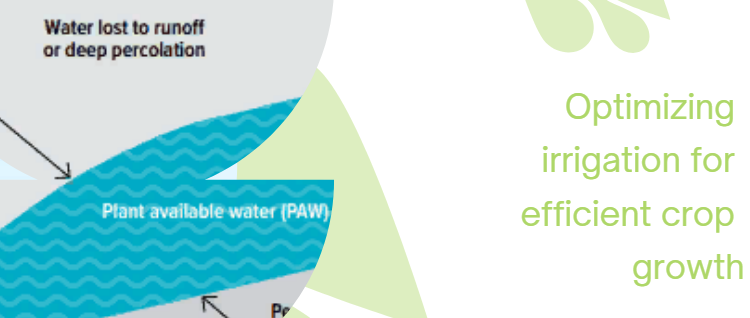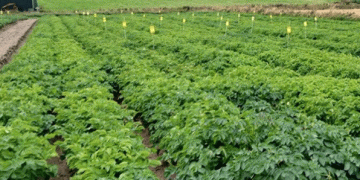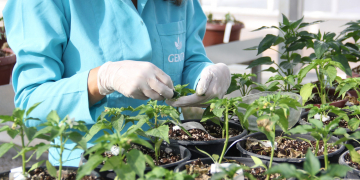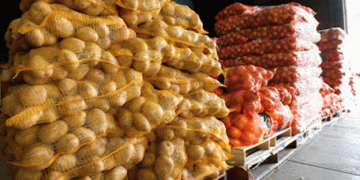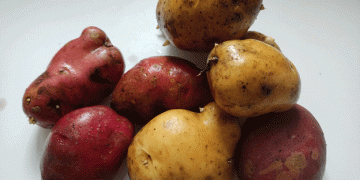#IrrigationInsights #Water Management #Soil Characteristics #Crop Health #Sustainable Farming #Efficient Irrigation #Water Conservation #Agricultural Advisors #Crop Yields #Environmental Sustainability
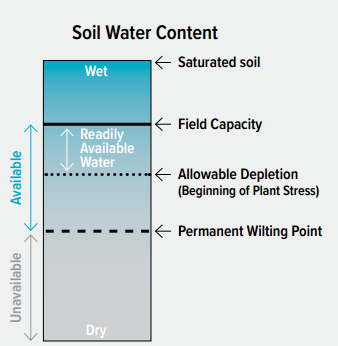
Efficient irrigation is critical to successful crop growth, but achieving it requires a deep understanding of your paddock’s soil characteristics. Different types of soil in a paddock hold different amounts of water available to plants, resulting in different irrigation needs. This article reviews the concept of Available Water for Plants (PAWC) and Available Water for Plants, and explains how water retention and water supply affect crop growth. By capturing differences in water capacity available to paddock plants, farmers can make informed decisions about irrigation strategies, ultimately leading to higher crop yields.
Available water capacity of the plant (PAWC) and its value:
The article introduces the concept of PAWC, which is the difference between the field capacity of the soil and the permanent wilting point. The field capacity represents the maximum amount of water the soil can hold after drainage, and the permanent wilting point indicates the moisture level at which plants can no longer extract water from the soil. PAWC is critical as it determines the amount of water available to plants in the root zone.
Factors affecting the availability of water for plants:
There are various factors that affect the amount of water available to plants in the soil. These include soil texture (ratio of sand, silt and clay), organic matter content, soil structure, and plant rooting depth. Understanding these factors helps farmers evaluate the water-holding capacity of their soils.
Contrasting soil types and their water-holding capacity:
The article highlights the differences in PAW between commonly used soil types for growing potatoes in South Australia, Tasmania and Queensland. The examples show how soil clay content affects PAW, with sandy soils having less storage capacity compared to loamy and clay-rich Vertosols. Such differences affect the amount and frequency of irrigation required.
Irrigation strategies depending on soil type:
The article highlights the importance of adapting irrigation strategies depending on soil type. Sandy soils may need less but more frequent watering, while clay-rich soils can tolerate more and less frequent watering. By matching irrigation methods to soil characteristics, farmers can optimize water use and crop health.
The article proposes to involve professional consultants to conduct soil research and identify changes in the water-holding capacity of the soil in the paddock. These studies help develop zone-specific water management strategies, especially in landscapes with sand dunes and swamps.
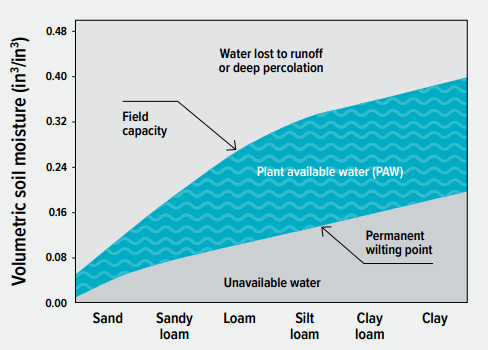 | 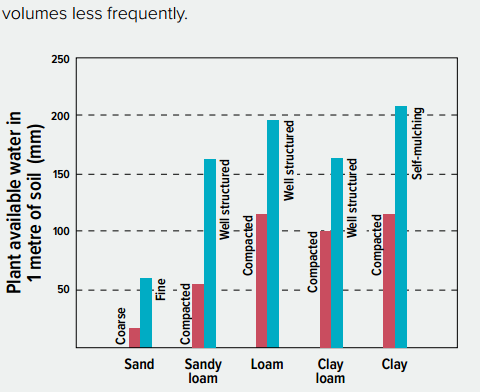 |
| Figure 3-2b: Diagram of the relationship betwee availability for different classes of soil texture. | Figure 3-2c: Comparison of plant available water held in one metre of soil, in millimetres of irrigation per metre of soil, by soil texture and structure. Source Anderson et al., 2007 |
A well-informed approach to irrigation based on soil characteristics can bring a number of significant benefits to farmers and the environment:
Increased Yields: By matching irrigation methods to the water-holding capacity of the soil, crops receive optimal amounts of water, resulting in improved growth and higher yields.
Water Conservation: Understanding soil characteristics allows farmers to use water more efficiently, minimizing wastage and conserving this valuable resource.
Cost reduction: Implementing targeted irrigation strategies reduces water consumption, resulting in savings to farmers in terms of water bills and energy consumption.
Table 3-4:Examples of field capacity (FC), permanent wilting point^ (PWP), and plant available water (PAW) for three
contrasting soil types commonly used for potato production in South Australia, Tasmania and Queensland*. Data reflect the
amount of water (mm) held in each layer depth to 60 cm, which is considered the maximum rooting depth for potatoes.
| Layer Depth (cm) | Loamy sand over sand Parilla1, SA | Red Ferrosol Moriarty2, Tas | Black Vertosol Gatton3, Qld | ||||||
| FC | PWP | PAW | FC | PWP | PAW | FC | PWP | PAW | |
| 0-15 | 12.6 | 2.0 | 10.6 | 54.0 | 31.5 | 22.5 | 61.5 | 39.0 | 22.5 |
| 15-30 | 10.4 | 2.6 | 7.8 | 56.2 | 36.0 | 20.2 | 64.5 | 39.0 | 25.5 |
| 30-60 | 22.2 | 11.4 | 10.8 | 115.5 | 96.0 | 19.5 | 138.0 | 78.0 | 60.0 |
| Total (0-60 cm) | 45.2 | 16.0 | 29.2 | 225.7 | 163.5 | 62.2 | 264.0 | 156.0 | 108.0 |
* Data accessed from the APSoil Database via Google Earth.
1 APSoil Lameroo No 255
2 APSoil Moriarty No 778
3 APSoil Lawes No 037
Water Deficit in the SA Mallee:
From October 2020 to January 2021, the SA Mallee region experienced low summer rainfall, leading to a significant water deficit of more than 600 mm that required irrigation to meet crop water demand. The water deficit is particularly crucial during Growth Stages 3 and 4, where the average daily water requirement is 8.9 mm.
Challenge with Sandy Soils:
The SA Mallee’s deep sandy soils pose an additional challenge as they can only retain 30 mm of Plant Available Water (PAW) (Table 3-4). Given this limited water-holding capacity, the soils would dry out and reach the permanent wilting point within 3 to 4 days, exacerbating the water deficit’s impact on crops.
Contrasting Conditions in Gatton:
In contrast, the summer rainfall dominant production zone in Gatton received 220 mm of rain during the same growing period, reducing the water deficit to 450 mm. Additionally, with an average ETC (Crop Evapotranspiration) of 8.5 mm per day during Growth Stages 3 and 4, a Vertosol soil type in Gatton can retain sufficient PAW to last more than 10 days (Table 3-4).
Importance of ETo and KC:
These hypothetical calculations demonstrate the critical role of understanding reference evapotranspiration (ETo) and crop coefficient (KC) in specific environments. ETo reflects the climatic conditions affecting water loss from well-watered grass, while KC represents the crop’s water needs relative to the reference grass. Accurate knowledge of these factors enables farmers and growers to calculate and forecast total crop water requirements accurately.
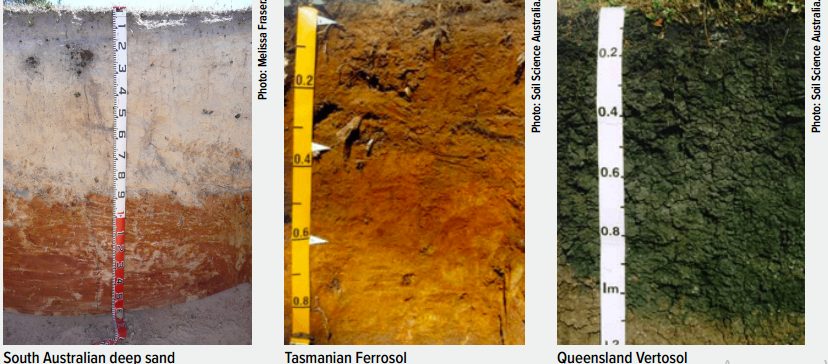
Protect the Environment: Efficient irrigation practices promote environmental sustainability by reducing runoff and minimizing the risk of soil erosion and nutrient leaching.
Increased resilience: Developing zone-specific water management strategies ensures that crops can withstand water stress and other environmental issues, increasing the overall resilience of the farm.
Source: Australian Potato Growers
